Particle Physics
-
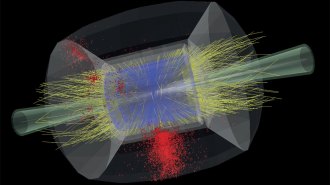 Particle Physics
Particle PhysicsAccelerated muons bring next-gen particle colliders closer to reality
Muon colliders could slam the subatomic particles together in hopes of unlocking physics secrets. Giving muons a speed boost is a crucial step.
-
 Particle Physics
Particle PhysicsAntimatter could travel by truck, a test with protons shows
A special particle trap designed to fit in a truck let researchers haul 70 protons across the CERN campus. Antiprotons may be next.
-
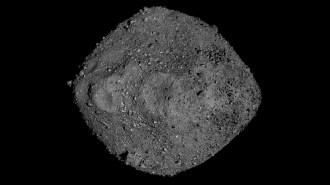 Space
SpaceA near-Earth asteroid offers clues to one dark matter theory
Data from the OSIRIS-REx mission to Bennu place a ceiling on the strength of a hypothetical fifth force that could explain dark matter’s origins.
-
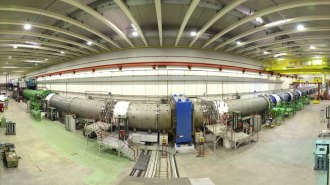 Particle Physics
Particle PhysicsPhysicists just discovered the rarest particle decay ever
The “golden channel” decay of subatomic particles called kaons could break or confirm the standard model of particle physics.
-
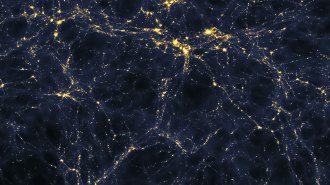 Particle Physics
Particle PhysicsA neutrino mass mismatch could shake cosmology’s foundations
Cosmological data suggest unexpected masses for neutrinos, including the possibility of zero or negative mass.
-
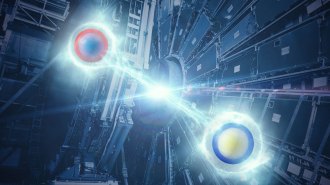 Particle Physics
Particle PhysicsThe Large Hadron Collider exposes quarks’ quantum entanglement
Top quarks and antiquarks produced in the Large Hadron Collider are entangled, a study shows.
-
 Particle Physics
Particle PhysicsThe possibilities for dark matter have just shrunk — by a lot
The LZ dark matter experiment has ruled out weakly interacting massive particles, or WIMPs, with a wide range of properties.
-
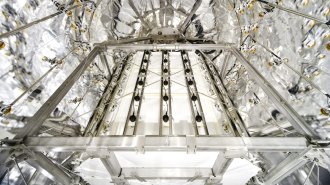 Particle Physics
Particle PhysicsDark matter experiments get a first peek at the ‘neutrino fog’
The hint of fog marks a new way to observe neutrinos, but points to the beginning of the end for this type of dark matter detection.
-
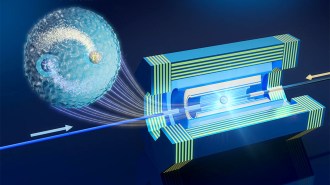 Particle Physics
Particle PhysicsScientists propose a hunt for never-before-seen ‘tauonium’ atoms
Made of heavy relatives of the electron, the exotic atoms could be used to test the theory of quantum electrodynamics.
-
 Particle Physics
Particle PhysicsThe neutrino’s quantum fuzziness is beginning to come into focus
An experiment studying the neutrino’s “wave packet” sets a limit on the uncertainty of the subatomic particle’s position.
-
 Particle Physics
Particle PhysicsForests might serve as enormous neutrino detectors
Trees could act as antennas that pick up radio waves of ultra-high energy neutrinos interactions, one physicist proposes.
-
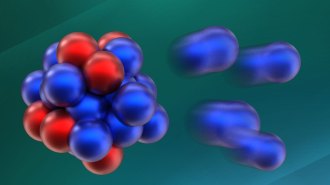 Particle Physics
Particle PhysicsScientists finally detected oxygen-28. Its instability surprised them
The elusive isotope was predicted to be very stable, thanks to “magic” numbers of neutrons and protons. It fell apart almost immediately.
By Elise Cutts